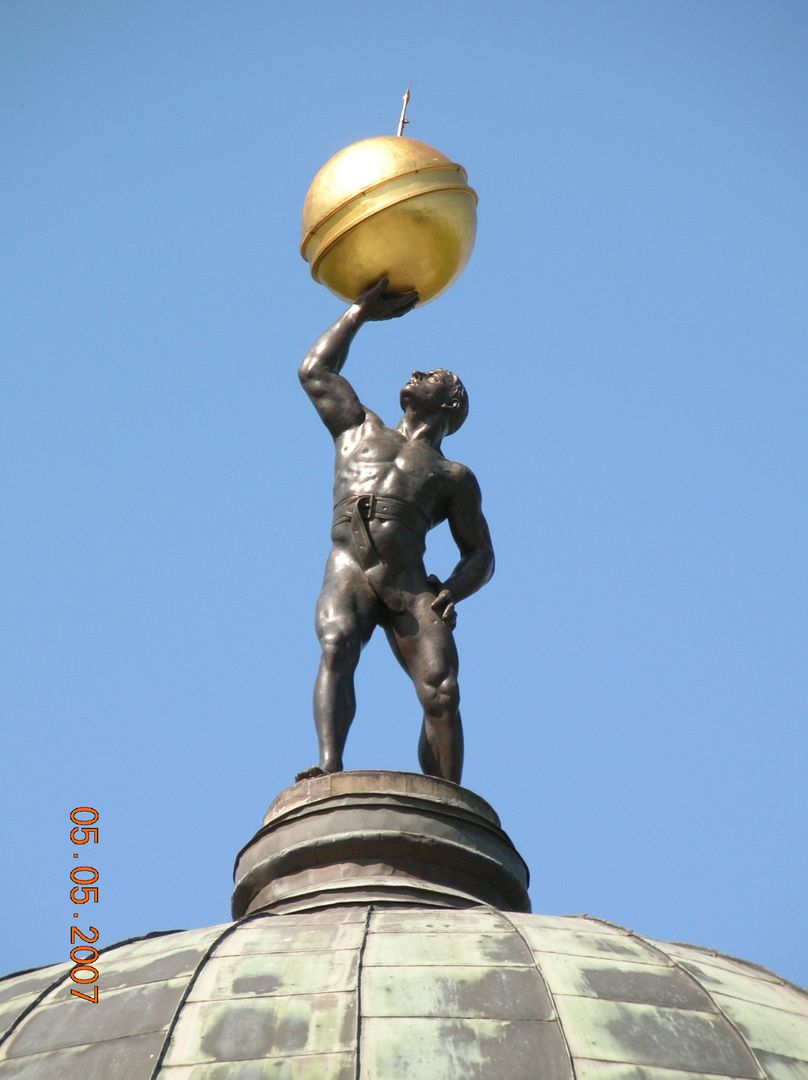Lubostroń Palace
7.82

Overview
The Lubostroń Palace, built between 1795 and 1800 by architect Stanisław Zawadzki on the commission of Count Fryderyk Skórzewski, is an outstanding example of Neoclassical architecture in Poland. The structure, inspired by Andrea Palladio’s famous Villa Rotonda, features a square layout and a central rotunda hall topped with a copper dome crowned by a statue of Atlas. The palace’s façade is distinguished by a portico with eight Ionic columns and numerous decorations, including stuccowork and paintings. The palace is surrounded by a landscape park designed by the renowned landscape architect Teichert.
Its connection to the region’s history dates back to the 18th century, when Count Franciszek Skórzewski purchased the Łabiszyn estate, and the palace became a hub for culture and the arts. In the second half of the 20th century, Andrzej Szwalbe, director of the Pomeranian Philharmonic, initiated a series of concerts at Lubostroń that lasted for many years, attracting artists and music lovers. Today, the palace functions as a cultural institution, hosting concerts, exhibitions, and theatrical performances. In 2023, the palace and park complex in Lubostroń was designated a Historic Monument.
An interesting fact is that the capitals and bases of the palace’s columns originate from the unbuilt Temple of Divine Providence in Warsaw, and the iconography of the interior decorations suggests the patron’s interest in Polish-German themes. Despite significant damage caused by storms in 2017, the palace remains an important cultural and historical landmark in the region.
Location
2025 Wizytor | All Rights Reserved